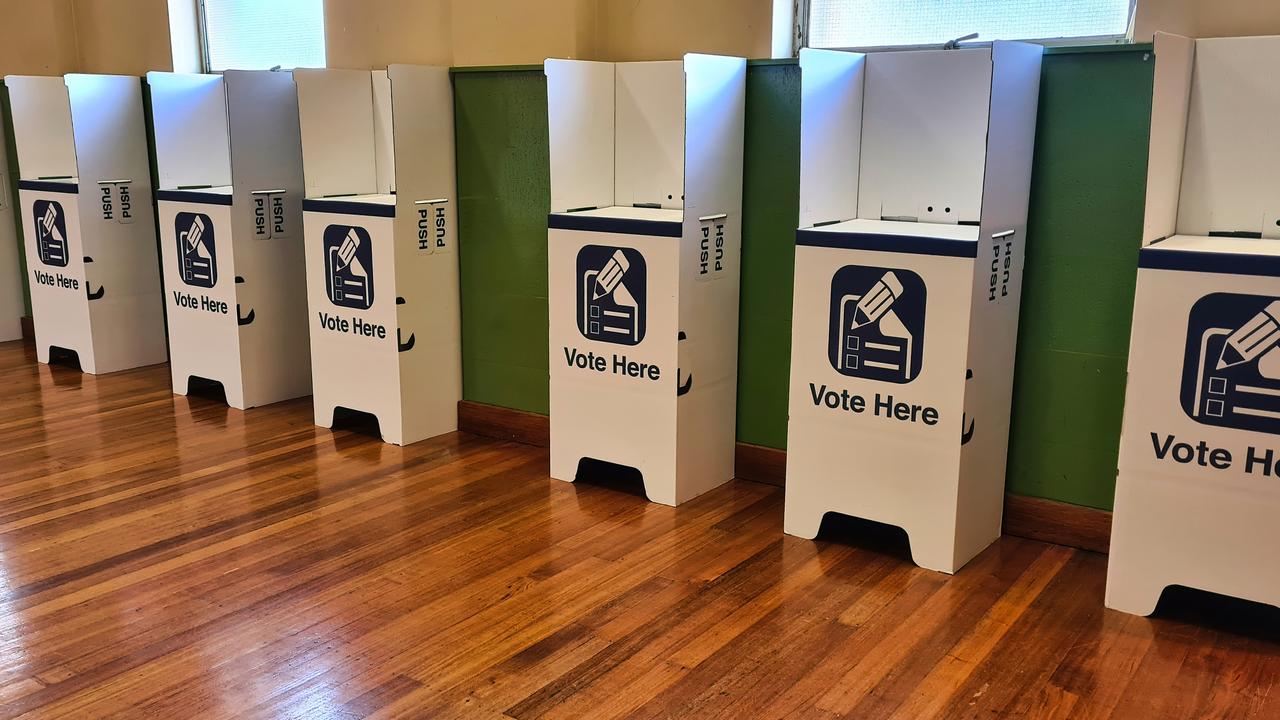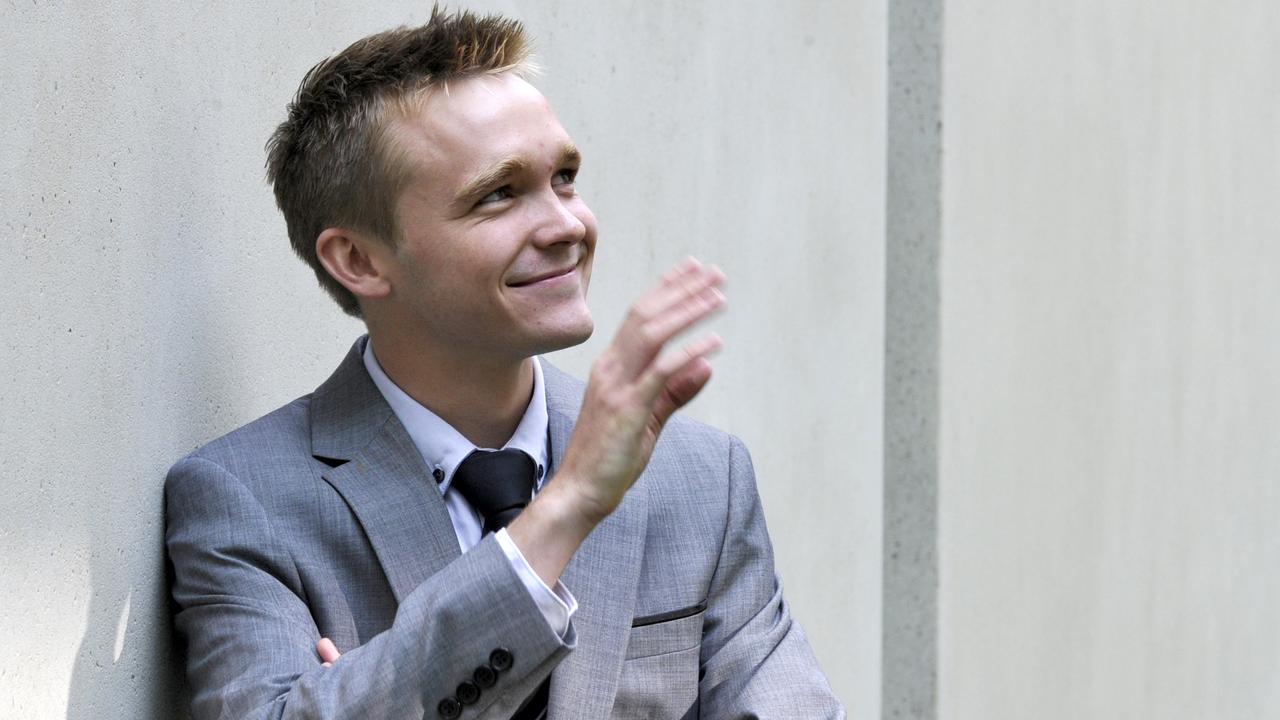Australia’s most volatile seats revealed as May election date looms
All eyes will be on these 11 seats come election day, where the candidates will be fighting tooth and nail for every last vote.
The most volatile electorates in the country changed hands a staggering five times in the last six election cycles, new data has revealed.
According to a News Corp analysis, the Tasmanian seats of Bass and Braddon are the biggest wildcards, having changed five times since 2004.
The Division of Bass is located on Launceston and consists of the City of Launceston, the municipalities of Dorset, Flinders, George Town and West Tamar and also includes Flinders Island.
It was won by the Liberal’s Michael Ferguson back in 2004, before being claimed by Labor’s Jodie Campbell in 2007.
She was replaced by Geoff Lyons, also from the ALP, in 2010, but lost to Liberal Andrew Nikolic in 2013.

In turn, the ALP’s Ross Hart took it back in 2016, before it emerged as the Liberal National Party’s most marginal electorate, held by a 0.41 per cent margin by Bridget Archer, in 2019.
Braddon is another rogue seat, including northwest and western Tasmania as well as King Island.
In 2004 it was taken from Labor MP Sid Sidebottom by the Liberal’s Mark Baker, before Mr Sidebottom won it back in 2007.
In 2013 it went back to Liberal hands after being won by Brett Whitely, who then lost to Justine Keay from the ALP in 2016, before being claimed by Liberal MP Gavin Pearce in 2019.
Next on the list are Lindsay in NSW and Longman in Queensland, which have changed four times each.

Lindsay, located in Sydney’s western suburbs, centred on Penrith, was first contested at the 1984 election and was a so-called “bellwether seat” – an electorate which always elects a member of the government of the day – until 2016 when Labor’s Emma Husar defeated one-term Liberal Fiona Scott.
Longman in Queensland covers much of the Moreton Bay region, and was held by the Liberal’s Mal Brough from 1996 to 2007, when it was won by the ALP’s Jon Sullivan – who in turn was defeated by Wyatt Roy in 2010, who at just 20 years old was Australia’s youngest ever parliamentarian elected at the time.
He lost to Labor’s Susan Lamb in 2016, and is now held by the Liberal Nationals’ Terry Young.
Eden-Monaro in NSW, Solomon in the Northern Territory, Macquarie in NSW, Hindmarsh in South Australia, Dobell in NSW, Hasluck in Western Australia and Corangamite in Victoria have all changed three times over six elections.
Australia’s safest seats
On the flip side, data has also revealed the country’s most “rusted” – or safest – seats over the same period.
Topping the list are the Victorian seats of Cooper and Wills, which are both safe Labor divisions.
Maranoa in Queensland is a rusted seat for the Liberal National Party, while Labor leader Anthony Albanese’s seat of Grayndler in Sydney’s inner west and Scullin in Victoria are also considered to be Labor heartland.

Nicholls in Victoria is a very safe National seat with a margin of 20 per cent, while Farrer in NSW is a comfortable Liberal seat and Riverina in NSW’s southwest has been in the hands of the Nationals since the early 80s, and Cook, also in NSW, is a Liberal stronghold
The only South Australian seat to make the list is Barker, which is held by the Liberals, with Calwell in Victoria and Sydney in NSW both belonging to the ALP, with NSW’s Mitchell division rounding out the list, and being held by the Liberals.
Interestingly, in Australia, rural seats tend to be safer for the Coalition, while inner-city and less affluent suburban seats are traditionally safe Labor seats.
Meanwhile, marginal or swing seats tend to be clustered in the middle-class outer-suburban areas of our bigger state capitals, and often decide election outcomes.






